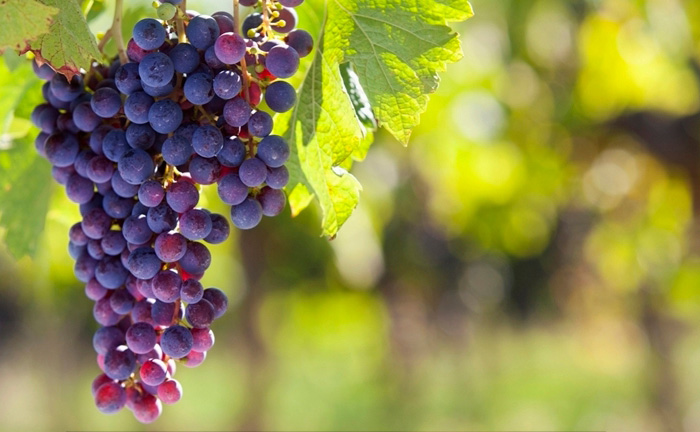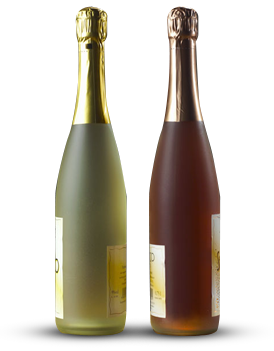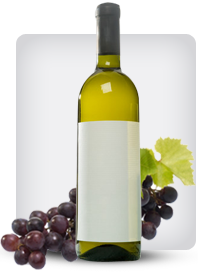

Tag: Sommelier
How to Taste Wine Like a Sommelier
Posted onWine tasting is an art that combines sensory perception, knowledge, and practice. While sommeliers spend years honing their craft, you can learn the basics of professional wine tasting with a few key techniques. Follow this guide to elevate your wine appreciation skills and taste like a true connoisseur.
1. Observe the Wine’s Appearance
Before tasting, examine the wine’s color, clarity, and viscosity. Tilt your glass against a white background to assess the hue:
- Color Depth: A deeper color may indicate a fuller-bodied wine (e.g., Cabernet Sauvignon), while a lighter shade suggests delicacy (e.g., Pinot Noir).
- Clarity: Cloudiness could signal a fault, whereas brilliance is a sign of quality.
- Legs/Tears: Swirl the wine and observe the streaks on the glass—thicker legs may indicate higher alcohol or sugar content.
2. Smell the Aromas
A wine’s aroma (or “nose”) reveals much about its character. Follow these steps:
- First Sniff: Take a quick whiff to detect primary aromas (fruit, floral, or herbal notes).
- Second Sniff: Swirl the glass to aerate the wine and uncover secondary aromas (yeast, oak, or spice).
- Third Sniff: Look for tertiary aromas (aged characteristics like leather or tobacco in older wines).
3. Taste with Intention
Take a small sip and let the wine coat your palate. Focus on:
- Sweetness: Detect residual sugar (dry vs. sweet).
- Acidity: Crispness that makes your mouth water.
- Tannins: Bitterness or astringency (common in red wines).
- Body: Light, medium, or full mouthfeel.
- Finish: How long the flavors linger after swallowing.
4. Evaluate and Describe
Sommeliers use structured tasting notes. Try describing the wine in terms of:
- Fruit Profile: Berries, citrus, tropical, or stone fruit.
- Non-Fruit Notes: Vanilla, pepper, earth, or minerals.
- Balance: Harmony between sweetness, acidity, tannins, and alcohol.
5. Practice and Compare
The best way to refine your palate is to taste different wines side by side. Attend tastings, take notes, and discuss with fellow enthusiasts to deepen your understanding.
By mastering these techniques, you’ll not only enjoy wine more but also impress others with your refined tasting skills—just like a sommelier.
popular posts
-

Aging Potential of Premium Pinot Noir: Unlocking the Elegance of Time Among the world’s noble grape varieties, Pinot Noir holds a unique and almost mythical status
12-30 2025Celebrated for its ethereal aromatics, silky texture, and captivating expression of *terroir*, it is often considered the most transparent conduit from vineyard to glass. Read More
-

Food Pairing with Full-Bodied Cabernet Sauvignon Few wines command a table with the authority of a full-bodied Cabernet Sauvignon
12-29 2025With its deep, inky color and powerful structure built on robust tannins, dark fruit flavors, and often a hint of oak, it’s a wine Read More

